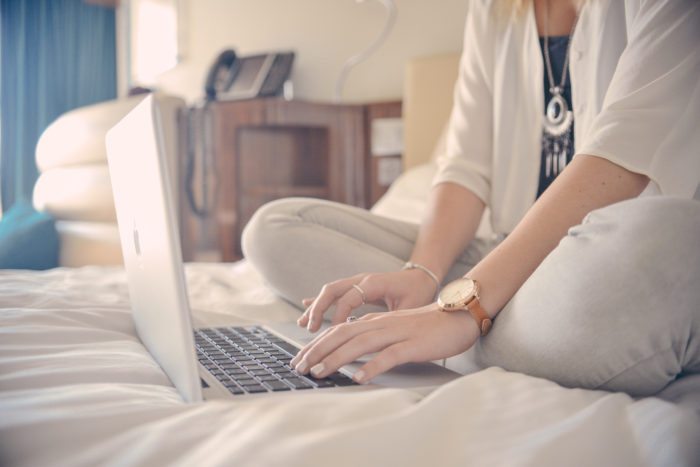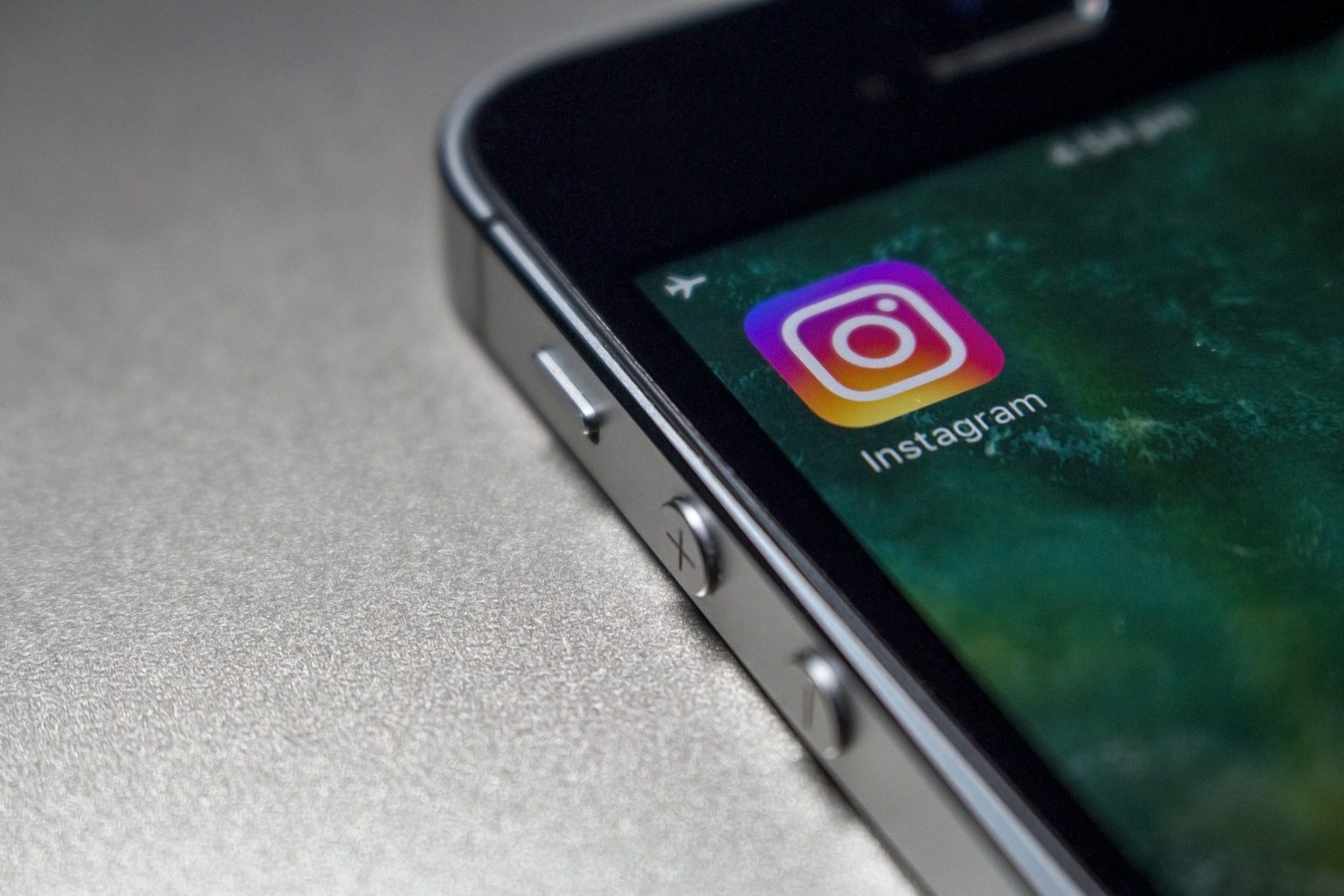Instagram being ranked as worst for mental health is not a shock
The results of a poll that asked young people aged 14-24 to rate different social platforms on their positive impact on mental health, have revealed that Instagram was given the lowest score, with Snapchat falling in close second, and YouTube landing in top place. The participants were asked to score based on issues such as anxiety, depression, loneliness, bullying and body image. It comes as no surprise that both Instagram and Snapchat are at the bottom, as out of all other social media platforms they place the heaviest focus on image out of social platforms. YouTube, on the other hand, has a history of hosting creators that address and tackle relevant issues to young people. YouTube’s platform is the perfect arena for chatty vlogs that might seem more personal than blog or status reading, making it easy to see why young people rate it as being more beneficial to their wellbeing.
The participants were asked to score based on issues such as anxiety, depression, loneliness, bullying and body image.
Instagram, however, is all about the construction of an image. It’s becoming more prevalent in recent days that users, particularly those with a higher profile, are creating ‘themes’, and even more disconcertingly, going as far to call themselves a ‘brand’. Themes are created by meticulously uploading images that fit into the user’s chosen colour scheme or aesthetic. This is meant to make their profile appear more flattering than it would have been if the images had been posted ad hoc. Making a conscious effort of where to take pictures, and what to post in order to please others is another version of this. This can often exacerbate problems such as FOMO, a notorious issue for students who have a certain pressure on their shoulders to make university the best time of their lives. Social media is the perfect way to keep tabs on friends over holiday periods, and while that can be a source for good, it can also instigate unwelcome feelings of jealousy and inadequacy.

Image: Pexels
In response to the survey, the Royal Society for Public Health have called for Instagram to regulate their platform more heavily, and to flag up anyone who might be the most at risk, suggesting they “discreetly” signpost places they can get support. However, as a young adult, heavy regulation prickles my skin. Instagram do, indeed, have a corporate responsibility to ensure that their users are safe and healthy, something they have claimed is a top priority for them. While heavy regulation is often a no-go for young people seeking privacy and escape, Instagram, unlike Facebook and Twitter (both can be used comfortably on a desktop), doesn’t have as many support networks or help buttons built into the platform to tackle these issues; a possible area for change.
Issues such as FOMO that Instagram can flare up, are unfortunately often a part of the package of being a young person and student.
But the responsibility isn’t solely theirs. High-profile users also have a certain responsibility too, and some, particularly health and fitness gurus, have taken it upon themselves to show the difference between poses and photo-shopped images of themselves, in order for viewers to understand the reality behind the constructed image.
Nevertheless, issues such as FOMO that Instagram can flare up, are unfortunately often a part of the package of being a young person and student. From learning the ropes of living alone, to balancing academia with a social life, these can be volatile and emotional times for students. A mixture of knowing the effects of social media on one’s wellbeing, and knowing who to reach out to for support, is essential for everyone’s safety.

Comments